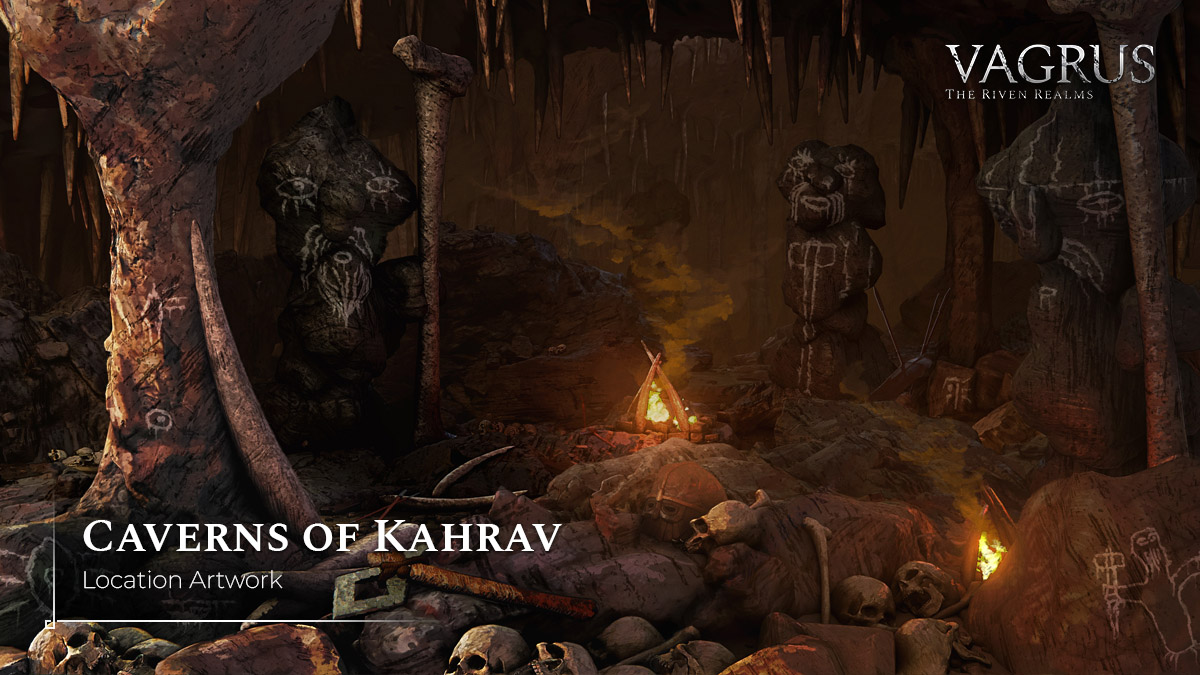
In the northern reaches of Varnurud, a cavern exists that is dedicated to the memory of a Dwarf and his life’s work. That Dwarf was called Kahrav, and in many ways, it was his deeds – and words, written as they sometimes were – that brought about the founding of the Sons of the Mountain, one of Varnurud’s most dominant and prolific gangs. Known for their veneration of a long-lost Dwarven legacy that they have laid claim to, the Sons have also painted their home to commemorate such Dwarves, perhaps fittingly. Although they may lack the… artistic direction to truly pull it off.

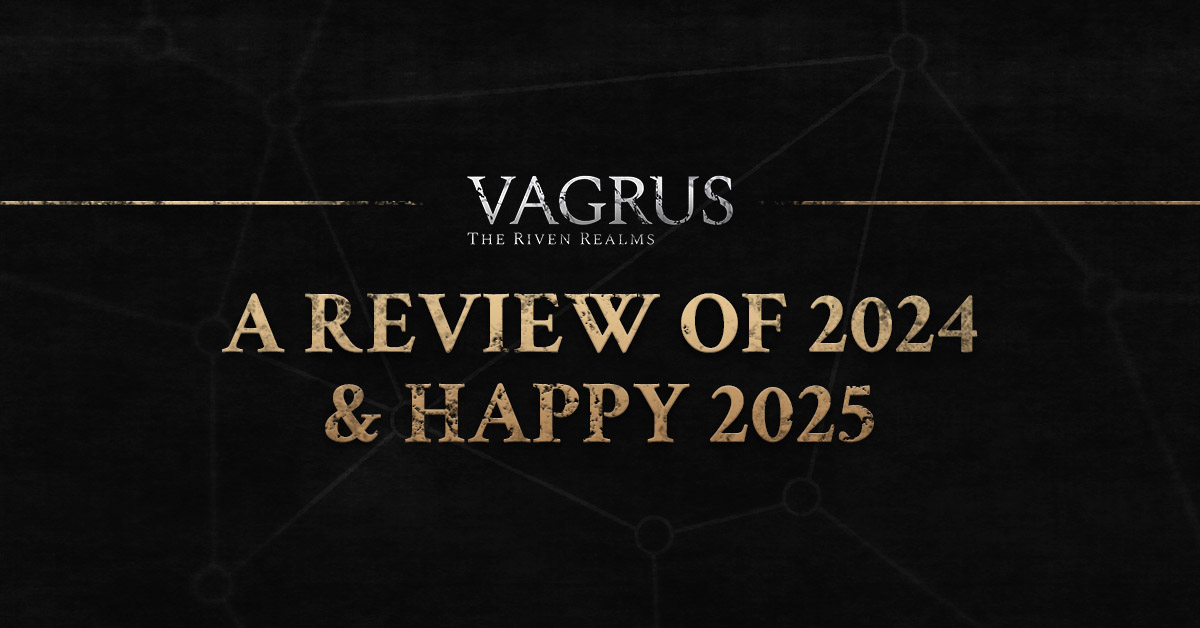
Fellow vagri,
2024 is coming to its inevitable end and so we are closing the books on this year’s adventures as well. For this occasion, we thought we’d look back on the past year and list some of the things that happened around Vagrus before signing off.
We kicked off 2024 with a post about our plans for the year. In retrospect, wanting to release smaller bits of content at intervals while developing two very content-heavy DLCs with our tiny writing team was wishful thinking. Why it did not exactly pan out like that also involved a lot of other factors, like the many, many other aspects of the game we’ve worked hard to improve. Also, it seems that there’s no such thing as “smaller bits of content” when it comes to Vagrus. With millions of words worth of written content behind us, everything is interconnected and adding things can be very tricky. Also, players now expect meaty additions, so just any odd small story just won’t cut it. Still, this effort gave us Clandestine, so it was not in vain.

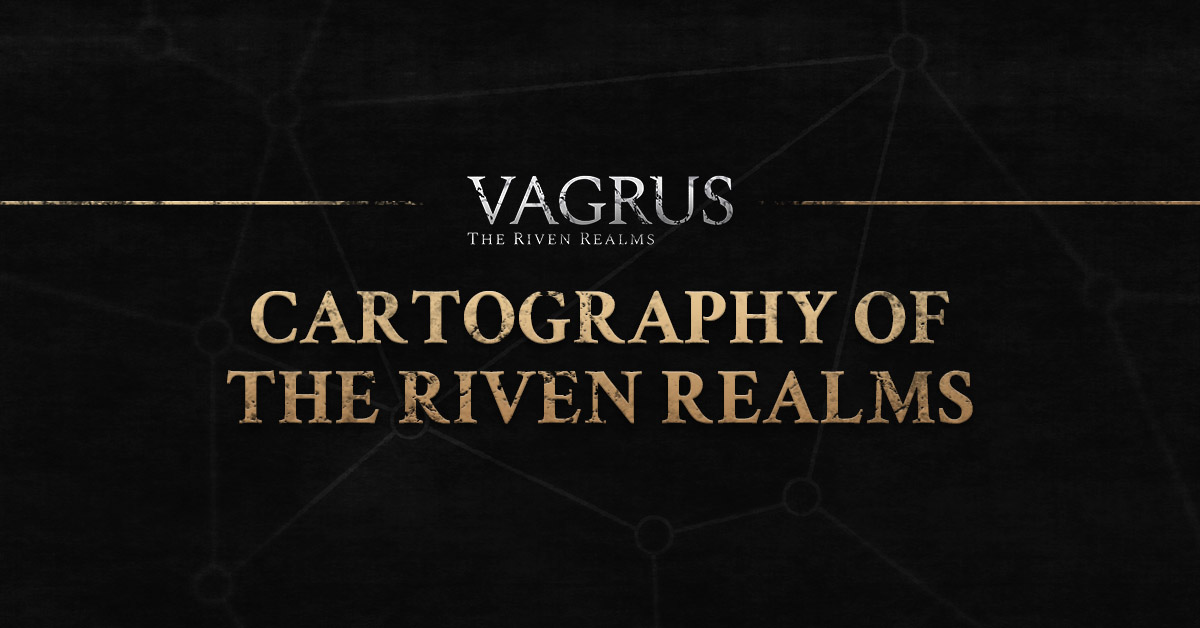
This week’s post covers the creation of our painted Campaign Map and the interactive Chart, starting from their humblest beginnings in our creative director’s tabletop role-playing game materials to their eventual manifestation in-game, covered by a node grid and expanded with interactive options.
To kick it off, let’s start by taking a look at how it all began for Vagrus.

For this week’s post, we’d like to draw attention to several pieces of artwork by our wonderful painter, Bence, or Benmonor. Bence is always ready to create multiple iterations of environmental paintings, filling Xeryn with awe-inspiring art. Here we have included a few of his works that quietly made it into the game’s main campaign.
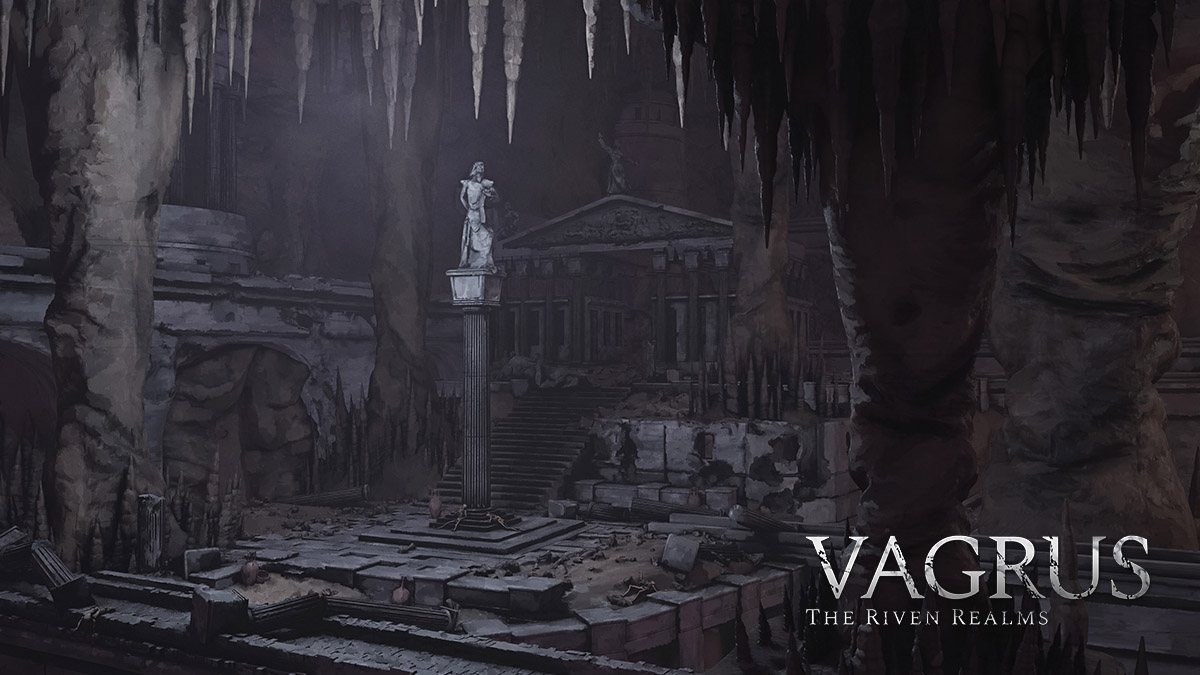

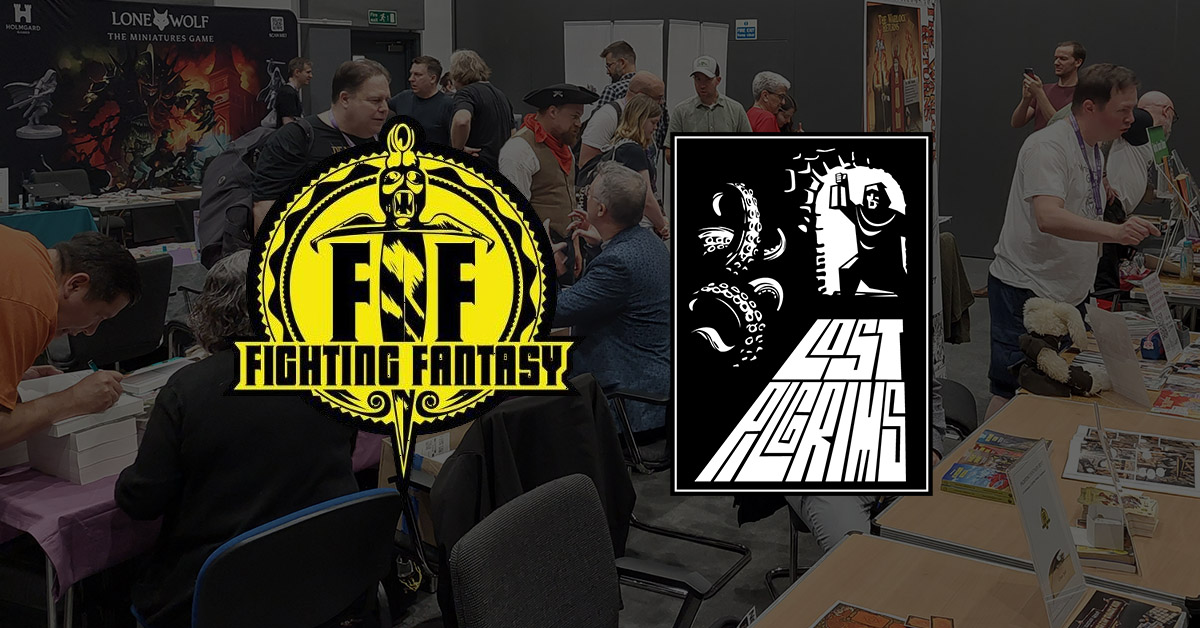
Well, one lost pilgrim to be precise. On 7th September, I was fortunate to have participated in Fighting Fantasy Fest 5 in the UK, representing Lost Pilgrims there in exhibiting the City of Thieves graphic novel I’ve been working on with Chameleon Comix’s founder Gyula Szűcs and mega-talented graphic artist Krisztián Balla. We met and chatted with a lot of enthusiastic Fighting Fantasy fans, encountered living legends, listened to intriguing talks, and saw a ton of cool stuff, including the new gamebook The Dungeon on Blood Island by Sir Ian Livingstone himself.

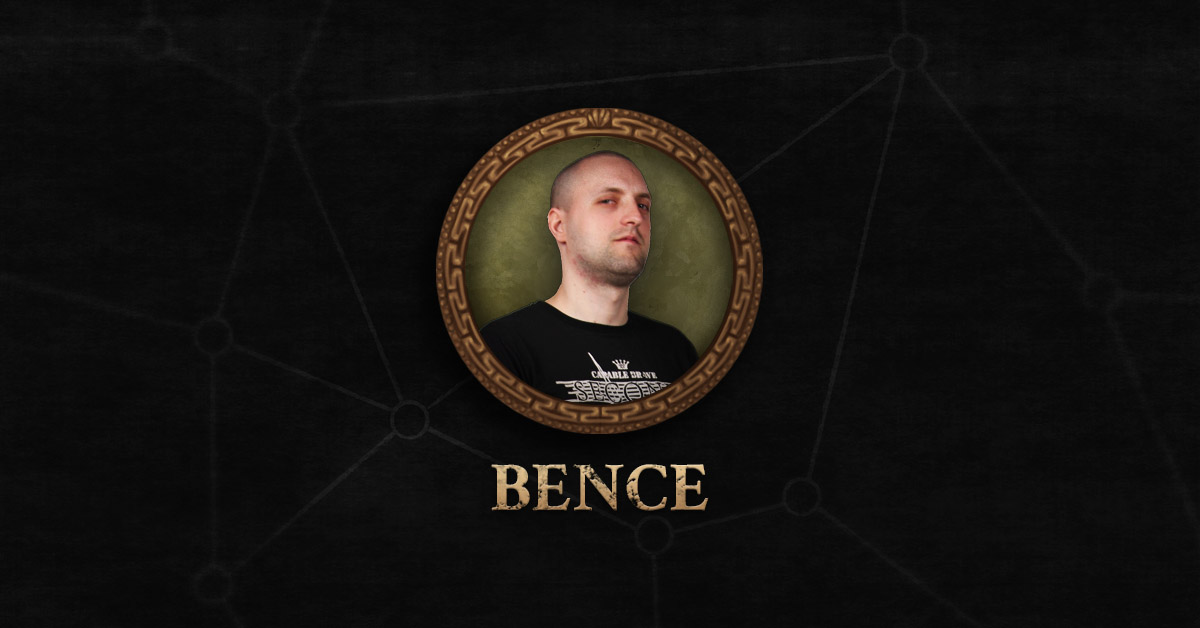
For the first time in a long time, we have a project update for you, and it’s a doozy. Although he already began working with us as early as June 2023, we’d now like to welcome one of our newest and most talented 2D and 3D artists: Bence Monori. Bence has a talent for many things, though he is currently focused primarily on a wide range of environmental art, some of which came to the fore during the expansion Sunfire and Moonshadow.

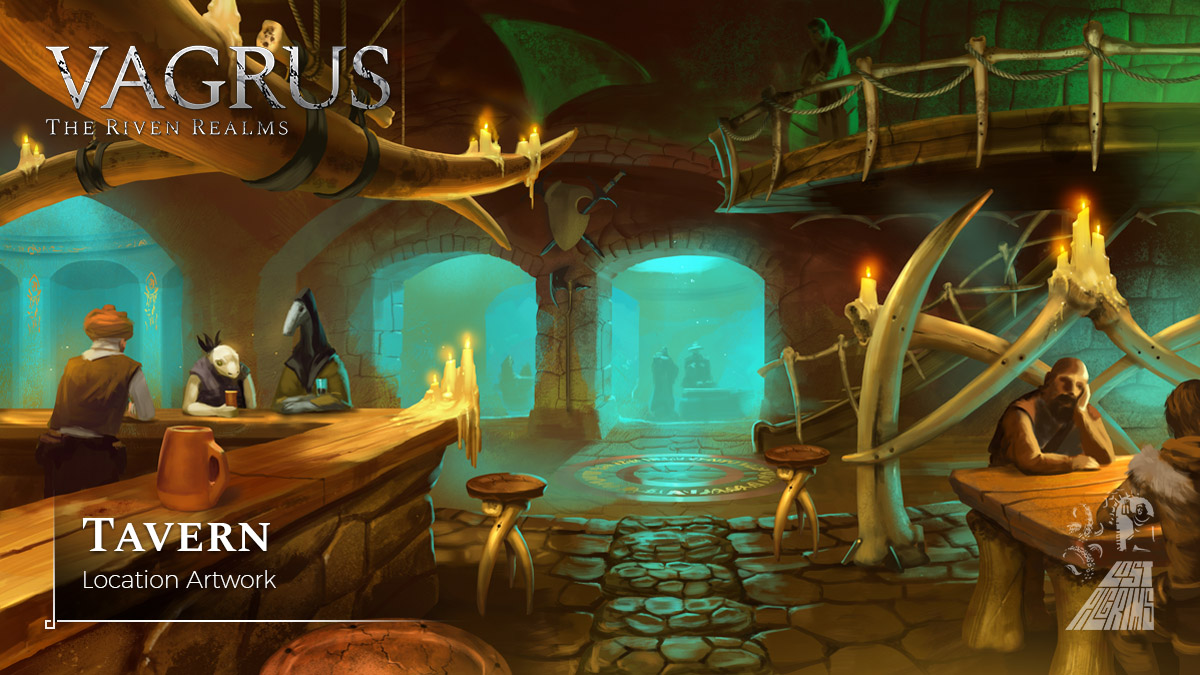
Following on from last week’s post about music, this week we’d like to take a look at a place that is often no stranger to both ambiance and music: a tavern. We commissioned the new tavern art last year to diversify the many inns and watering holes of the game world. A combination of complementary hues, subtle lights, and peculiar ornaments make up this painting by Péter Kovács, which is used in a variety of locations in Vagrus’s major expansion, Sunfire and Moonshadow.

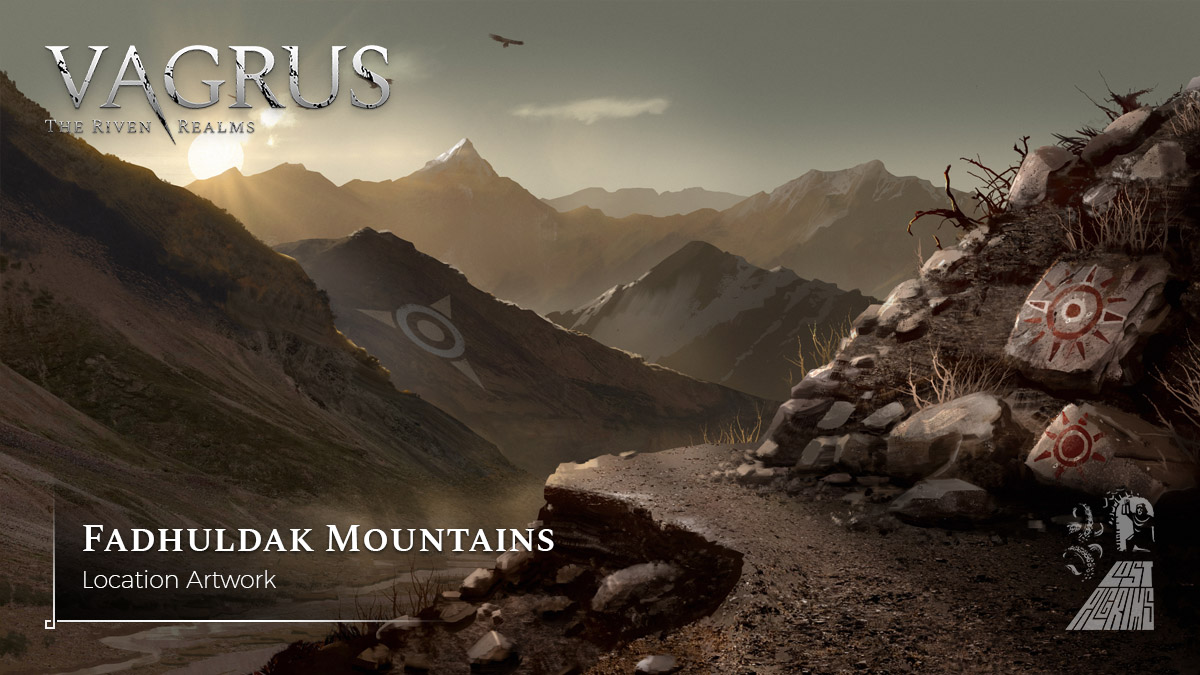
This week we’re excited to share one of the expansion’s most intriguing locales: the Fadhuldak Mountains. Part of the forlorn Brown Mountains spanning the western border of the Bronze Desert, the peaks, valleys, and ranges that make up these mountains are home to beastly denizens mostly, although allegedly there are some wayward people prowling these lands, too.

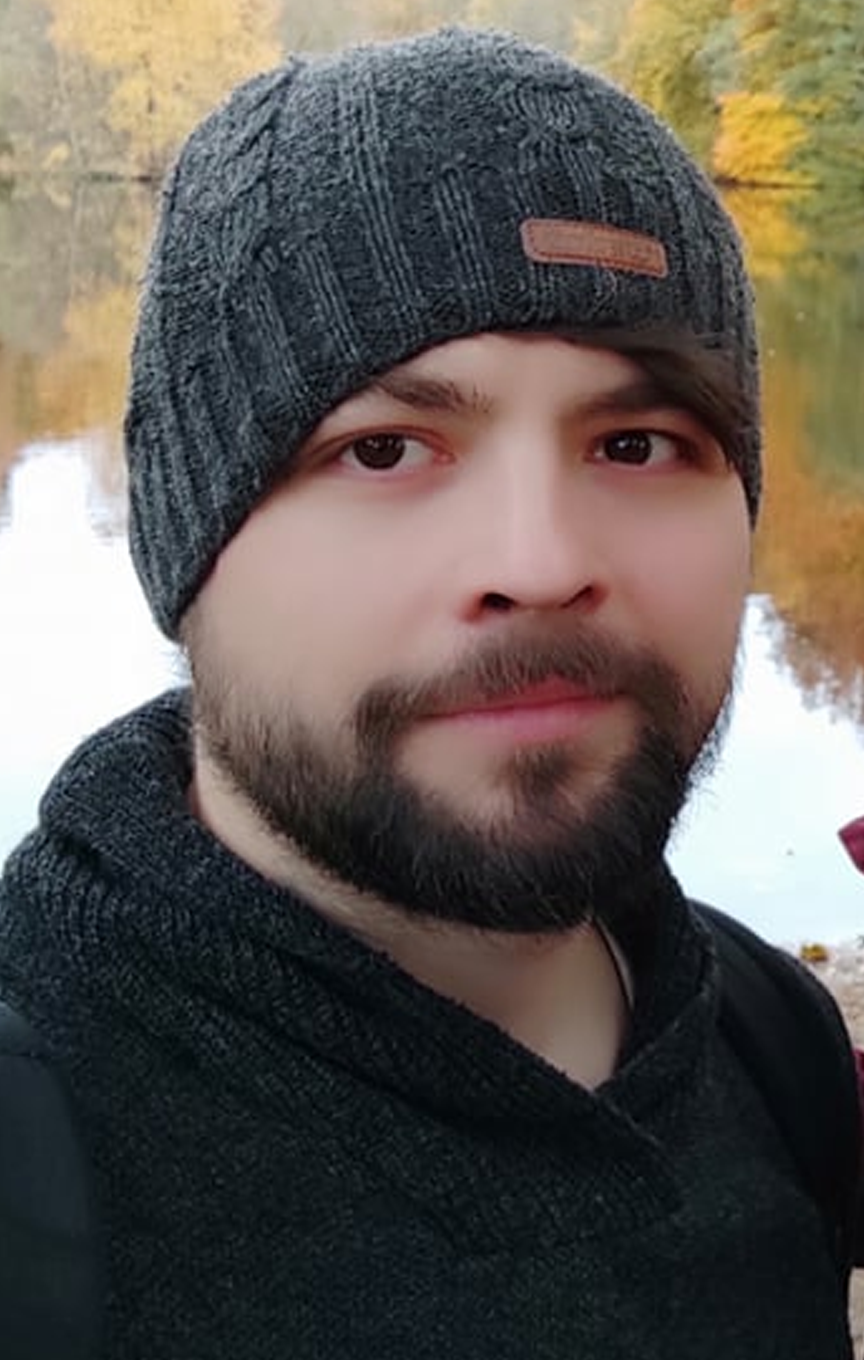
Hello everyone,
in a recent post we introduced Viktor to you -- our newly joined junior coder. He’s been working with our other junior Unity developer, Beni. Beni has also decided on a career in coding precisely due to his love for video games, especially heavily narrative-driven ones. In fact, he had been wanting to work on a game like Vagrus for quite a while now.

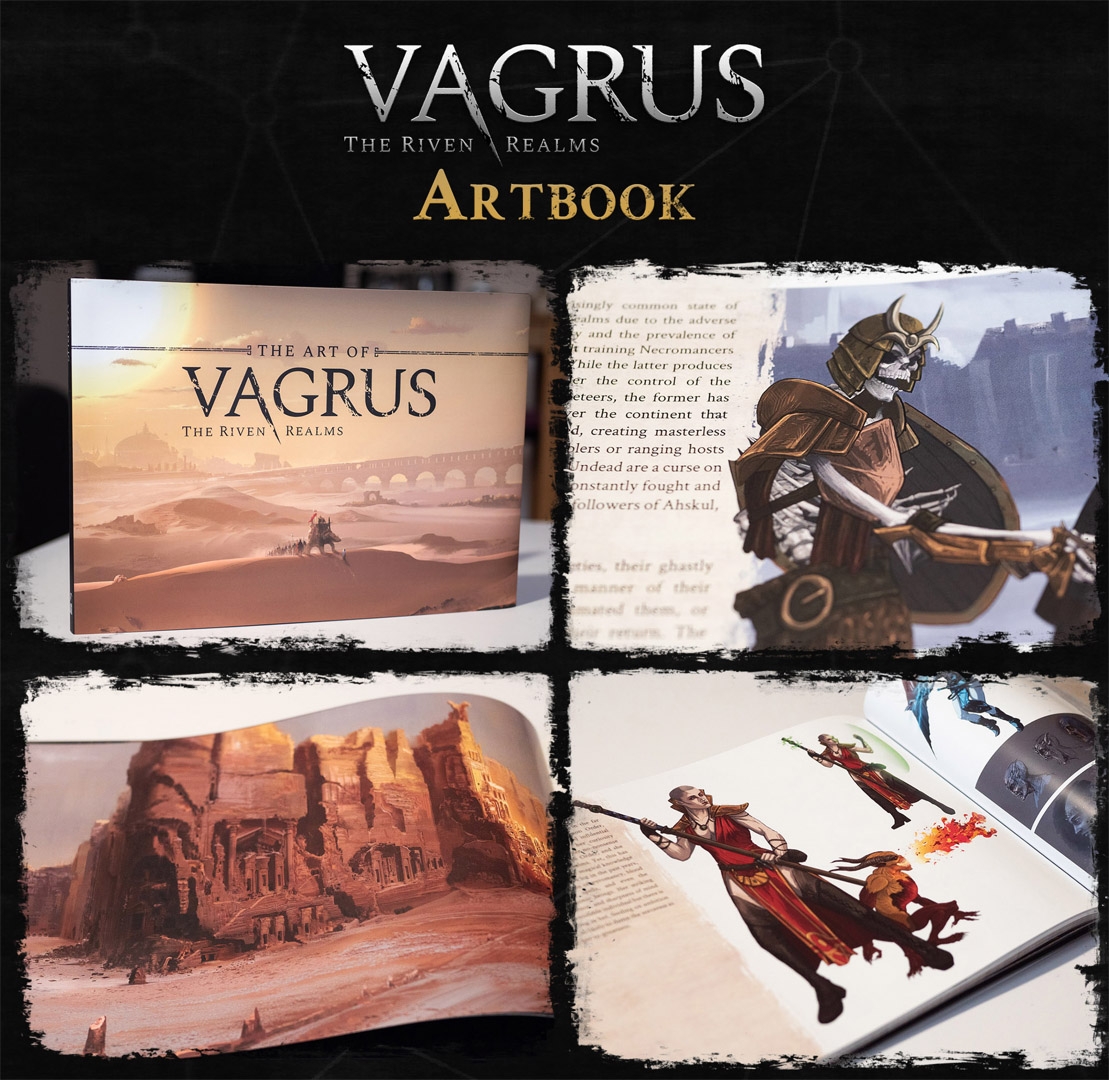
The artbook of Vagrus is finally here (well, technically it is also on its way to everyone who ordered it) and holding it in our hands is indeed fantastic.
Admittedly, putting the book together was quite rough. Some of us thought that pulling it together from already existing artwork and writing texts around the art is going to take a couple of weeks. Turns out, compiling and writing something this big for physical publishing takes a handful of months, more like. All this in spite of doing a sort of a dry run previously with the smaller (A5) art booklet that went into the Collectors' Editions, albeit that had no texts accompanying the images.
